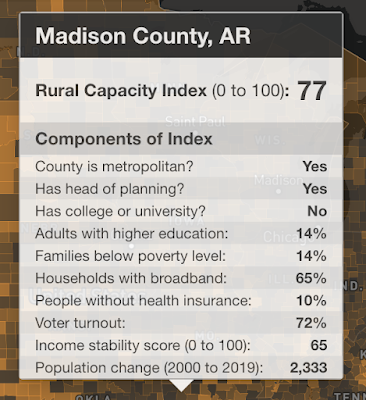Prosecutors say they know exactly who executed the eight family members, and they are gearing up to present their case to a jury when the first trial in Ohio’s most costly and complex criminal investigation starts in late August. The trial will give onlookers a front-row view into a corner of America known more through stereotypes than complex realities: a place where, often, family protects family at all costs and where love and loyalty trump all else.
“A lot of this, and I don’t mean this in any kind of derogatory way, is the code of the hills,” said Mike Allen, a Cincinnati-based criminal defense lawyer who has monitored the case from the start. “Family sticks together.”
* * *
Special prosecutor Angela Canepa has portrayed the Wagners as an insular family that lived together their entire lives, worked together, were home-schooled together, commingled their money and voted as a group on everything, including the decision to kill Hanna Rhoden, the mother of Jake Wagner’s young daughter, and seven of her family members.
Canepa has painted the family as controlling to the point of violence toward anyone — notably the three women involved with the two Wagner sons — who threatened to disrupt the family’s intimate bond. Jake Wagner’s former wife, whom he met and married in Alaska, is expected to testify for the prosecution in the trial, as is George Wagner’s ex-wife, who relinquished full custody of their son years before Jake’s daughter was born. Both women, Canepa alleges, fled for their lives from the Wagner family.
After two and a half years in jail, Jake Wagner confessed to five of the eight murders and agreed to be a witness against his family members, including brother George Wagner IV. Empaneling a jury in this rural locale is shaped by both poverty and the lack of anonymity associated with rural places:
Before the trial of George Wagner IV begins on Aug. 29, lawyers must narrow a jury pool in Pike County, where nearly 20 percent of its 27,900 residents live in poverty, according to the 2020 Ohio Poverty Report. Many could face two months without pay if the trial stretches as long as 60 days, as some estimate it could. The county summoned 1,000 potential jurors who were expected to answer a detailed questionnaire. Lawyers narrowed their pool and will continue questioning individual jurors on Aug. 8.
“We were told … that approximately 20 to 25 percent turnout is typical of those summoned to appear for jury duty,” said John Patrick Parker, one of George Wagner’s attorneys. “That’s simply not acceptable if we’re going to have a fair cross section of the community. And when you factor in how notorious this case is … we anticipate there are going to be several factors that are going to make it difficult, if not impossible, to get a fair jury in this county.”
A motion for change of venue was denied. Parker, the lawyer for the younger George Wagner, has expressed concern that the prosecutor will try to convict his client based on family reputation:
“A large part of the state’s argument we anticipate is: ‘He’s a Wagner, and this is how the Wagners operate,’ ” Parker said. “The jury needs to understand the basic premise of our criminal justice system is as follows: Our law punishes people for what they do, not [for] who they are, and so the jury will need to focus their attention on what the evidence proves that George did or didn’t do.”
Parker continued in court: “And he can’t be convicted on what his other family members may have done, or may have testified about.”
The rest of Graves' story about this case is well worth a read. The whole tragedy has a certain Hatfield and McCoy vibe, and it's . It's sure to be an intriguing trial.






























